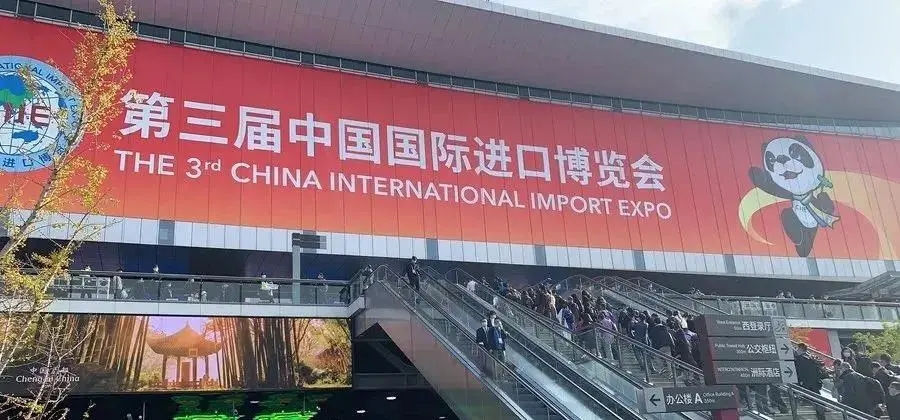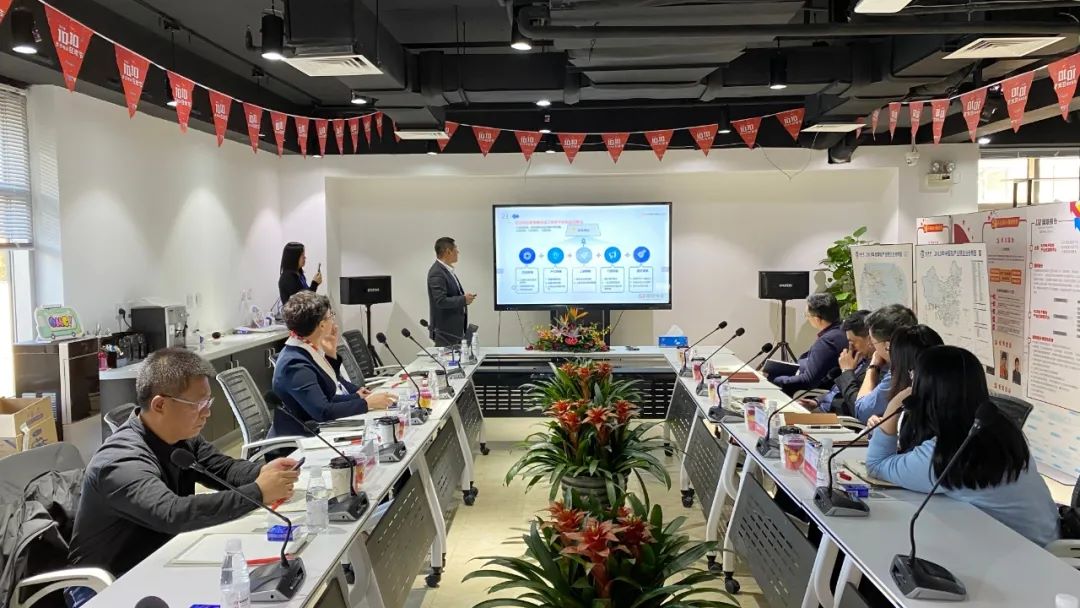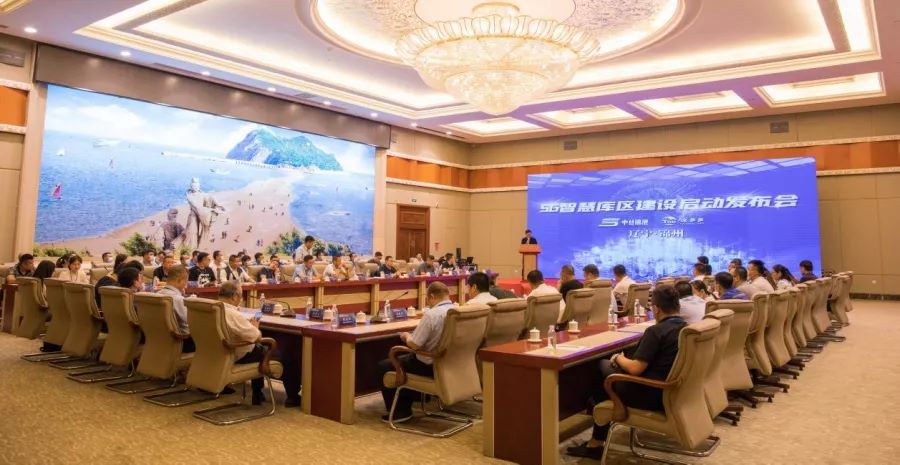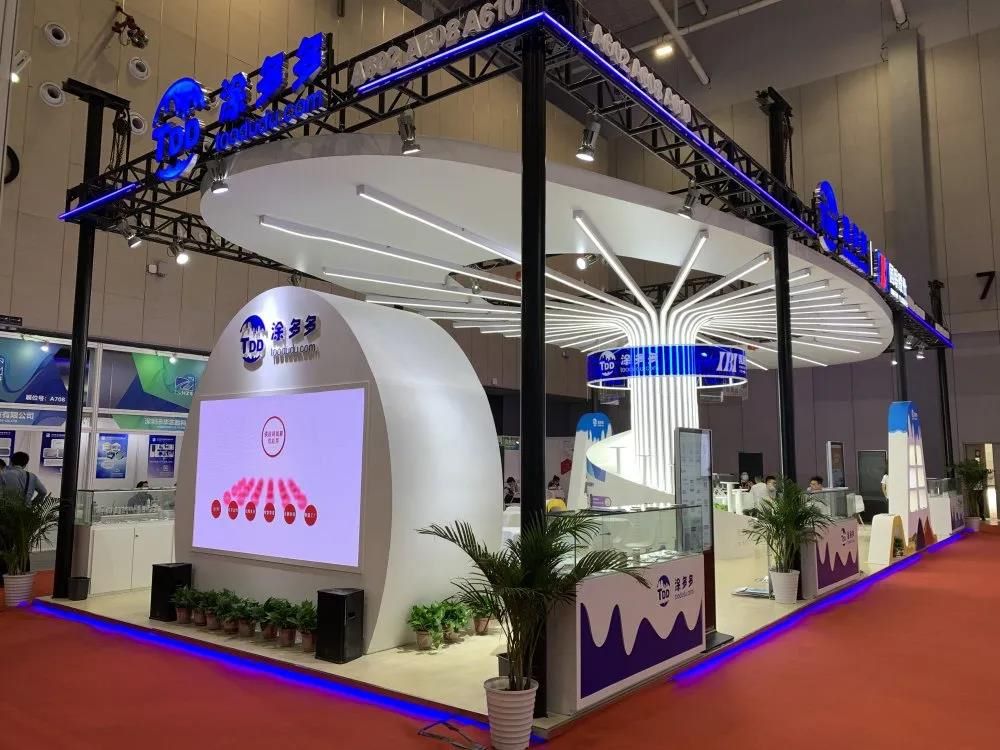Analysis of international rubber price trends on April 1, 2025: Structural shocks under the game of supply and demand
On April 1, 2025, the domestic natural rubber futures market showed a narrow range of fluctuations. The main contract RU2505 closed at 16,560 yuan/ton, the same as the previous trading day; the RU2509 contract closed at 16,720 yuan/ton, a slight decrease of 0.12% from the previous day; the long-term contract RU2601 maintained a high of 17,765 yuan/ton, showing the market's concerns about long-term supply. In the international market, the spot price of Thailand RSS3 was about 205 cents/kg, continuing the historical high range fluctuations in the first quarter.

The main production areas in Southeast Asia are currently in a low production period, and local thunderstorms in southern Thailand have exacerbated market concerns about raw material output. Data show that global natural rubber production is expected to increase by only 0.3% to 14.9 million tons in 2025, while consumption will climb by 1.8% to 15.6 million tons, which will be in short supply for the fifth consecutive year. As the world's largest producer, Thailand's No. 20 rubber warehouse receipt inventory continues to be at a historical low, driving capital inflows into the futures market, with positions surging 58.12% year-on-year in March.
The domestic automobile market has shown structural changes: the penetration rate of new energy vehicles has exceeded 50%, driving demand for high-end tires, while the weak market for traditional fuel vehicles has put pressure on the prices of tires below 17 inches. According to the China Passenger Car Association, passenger car retail sales are expected to grow by 3% in 2025, but the slowdown in export growth and tariff uncertainty may suppress demand in the second half of the year. In terms of synthetic rubber, the price fluctuations of butadiene have led to a narrowing of its price gap with natural rubber, further highlighting the raw material advantages of natural rubber.
In the short term, rubber prices will continue to be limited by the weather in Southeast Asia and the pace of domestic inventory digestion, and the main contract may fluctuate in the range of 16,300-17,200 yuan/ton. In the medium and long term, under the global carbon neutrality goal, the carbon sink value of rubber tree planting may give rise to policy subsidies, and the breakthrough of alternative materials will become an important variable in prices. Investors need to pay close attention to Thailand's harvest season raw material output data in mid-April and the Federal Reserve's monetary policy trends.
- Domestic PCR market: TBR trend gradually emerging906
- In-depth analysis of Michelin's first quarter performance in 2025: Challenges and opportunities coexist992
- Analysis of the impact of the US tariff reversal on the Chinese tire market1079
- New energy tire industry has bright prospects but many challenges919
- Light truck sales soar, tire industry ushered in a new trend978









